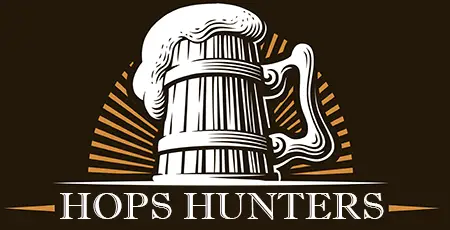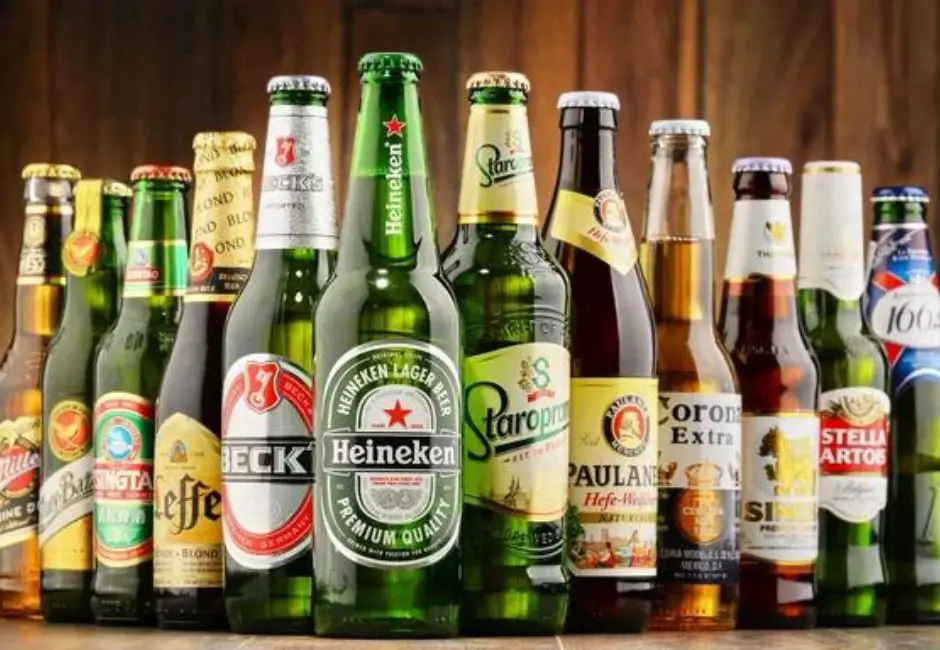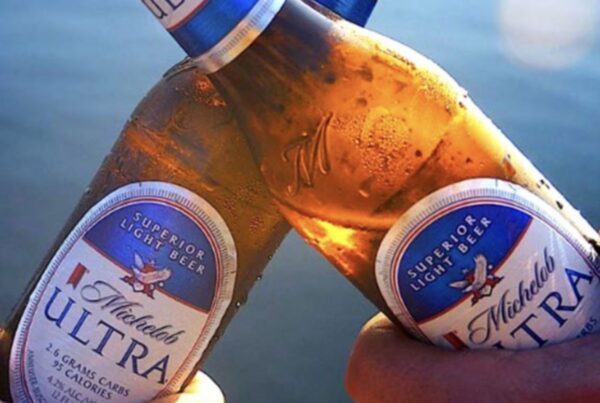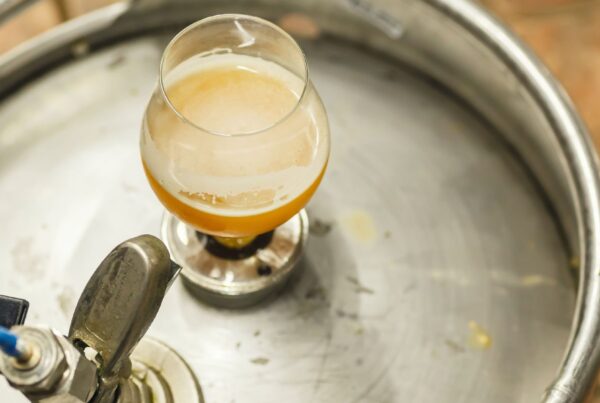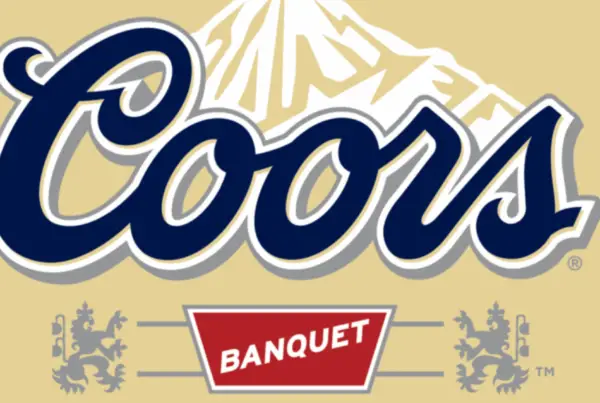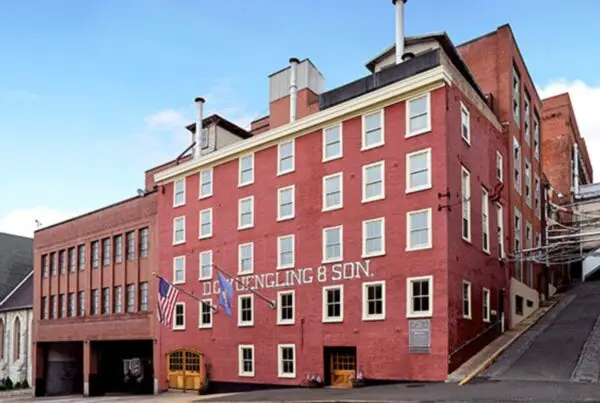Looking to become a beer connoisseur? Or just want to sound like one?
Whatever the reason, you’ve come to the right place.
Today, we’re going to uncover the mysteries behind beer labels, so you can stroll down the beer aisle with purpose.
We’ll look beyond the artwork and logos of cool breweries, and look at the raw facts provided on beer labels—and how they contribute to the overall taste and character of a beer.
Ready? Let’s get started:
Terms for Styles & Types of Beer
Let’s talk briefly about beer styles. You’ve probably noticed that there’s an overwhelming number of beer styles out there, from IPAs and stouts to pilsners and porters.
These aren’t just nonsense words, they all indicate different things about the brewing process, ingredients, and overall flavor profile of the beer. However, there are way too many beer types to cover here, so visit the following link if you’d like to learn more about all the different types of beer.
The point is, next time you’re scratching your head at a bottle of “Imperial Smoked Banana Hefeweizen,” remember: it’s all just a fancy way of saying “this beer has a particular taste.”
The Dates on Beer Labels: What Do They Mean?
Some, but not all beer bottles and cans will include either a “born-on” or “best by” date. While this isn’t the most esoteric or exciting info on the label, it’s pretty essential for ensuring your beer is fresh and tastes the way you’re expecting it to.
You wouldn’t buy a gallon of milk without checking the date, would you? Treat your beer with the same respect!
ABV Percentages: Measuring the Alcohol Content in Beer
One of the most basic things to look for on a beer label is the alcohol by volume (ABV) measurement. This tiny percentage is usually hidden among the label’s fine print, making it difficult for those wearing beer goggles to find.
Why should you care about ABV? Well, unless you enjoy getting sloshed after two beers, it’s pretty essential. ABVs can range from a tame 3% (“session beers” fall around this range) to a more aggressive 14% and up.
Different beer styles tend to fall within different ABV ranges. For example, American Light Lagers typically fall in the 4 to 5% ABV range, while Belgian Trappist beers can range from around 7 to 12% ABV. American-style IPAs, one of the most popular beer styles in the US, tend to range around 6 to 7.5% ABV. (Of course, there are exceptions in nearly every category.)
IBU: Measuring the Bitterness of Beer
Next up, International Bitterness Units, or IBUs. You’re forgiven if you’ve never heard of this one before.
IBUs are kind of like a Scoville scale for beer, measuring its bitterness on a scale from 0 to 120+. The higher the IBUs, the more bitter the beer face.
Generally speaking, any beer you’re likely to encounter will be between 5 and 120 on the IBU scale; it’s essentially impossible for humans to detect bitterness above 120. Meaning that those beers with absurd numbers like 2000 and above are typically going to be gimmicks, brewed to get the IBU meter as high as possible rather than for enjoyment by actual human taste buds.
If you’re a fan of hoppy IPAs, you’ll most likely want to look for higher IBU ratings. But if you’re more of a “give me something that tastes like a pumpkin pie, but gets me tipsy” kind of person, you’ll definitely want to look for beers with a lower IBU rating.
When it comes to IBU, bigger isn’t always better—but it sure can be bitter.
Final Thoughts
As the old saying goes, beer is like a box of chocolates: you never know what you’re going to get, unless you read the label.
Now that we’ve covered the basics of beer labeling, you’re well on your way to becoming (or at least sounding like) a beer connoisseur. But don’t stop here! There’s so much more to explore in the world of beer.
Check out Hops Hunters—your ultimate source for beer reviews, brewery reviews, beer profiles, and all the beer information you need to become a true beer aficionado!
